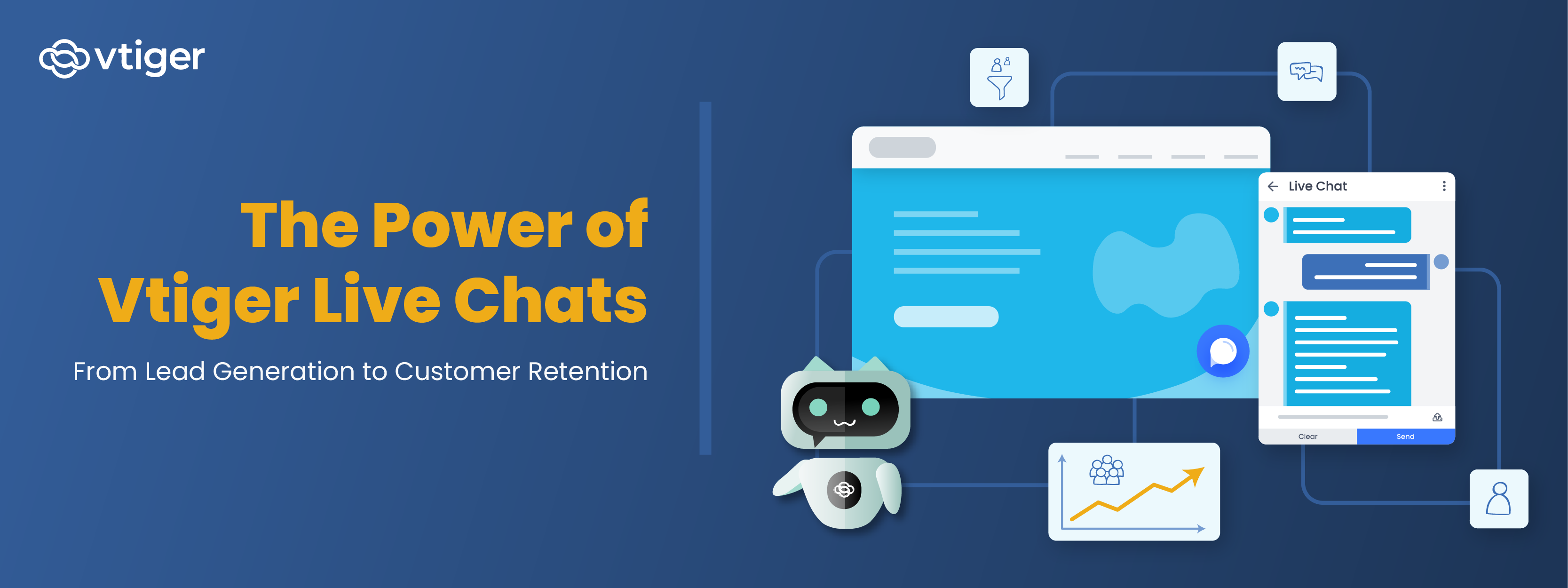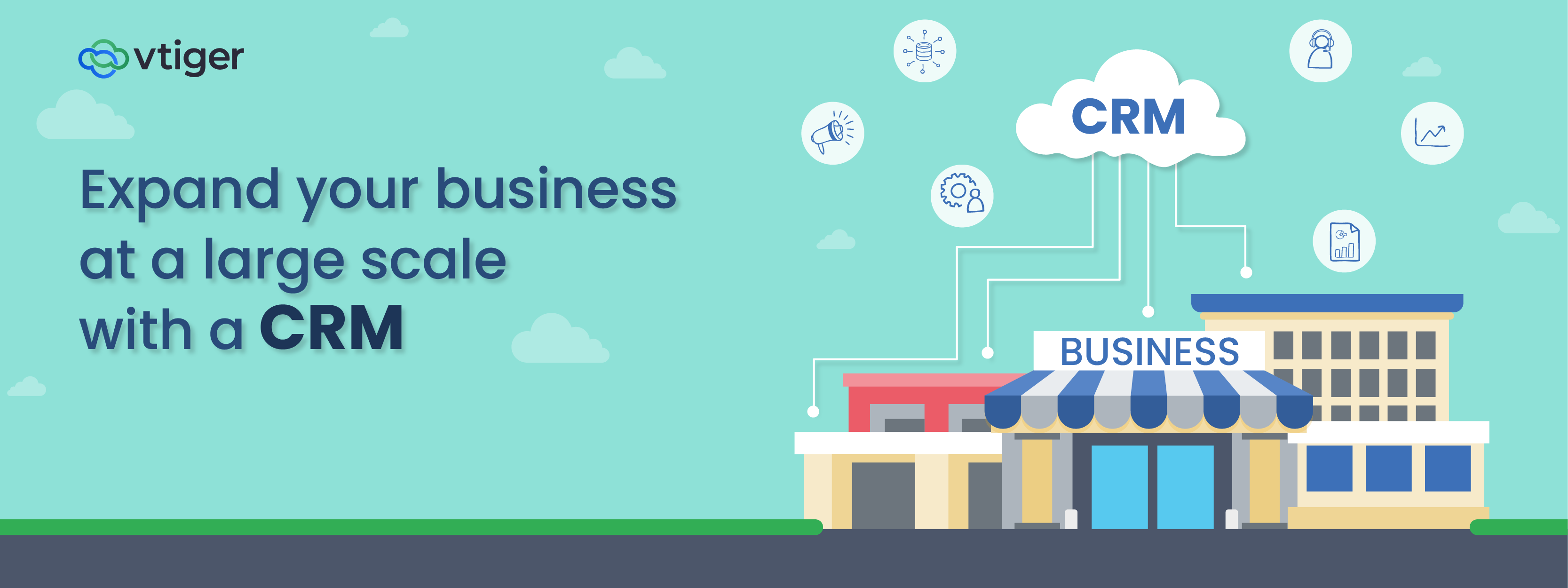When your customers come knocking, it’s your customer service team’s responsibility, as your first line of defense, to answer the call. When they do, the experience that they provide to your customers can vary from meticulously planned and executed in pursuit of high customer satisfaction, to haphazardly conducted as an afterthought.
Unfortunately, at too many businesses the customer service experience is an afterthought, creating poor experiences that motivate customers to defect after a first purchase, and in extreme cases, to discourage their network from conducting business as well. This is in spite of the fact great customer experiences have been repeatedly found to create immense amounts of value by motivating repeat business, encouraging referrals, and lengthening customer lifespans.
To create that great customer service experience, a business has to consider a lot of contributing factors – from response time, to professional conduct, frequency of interactions, and more. Somewhat ironically though, timeliness, the simplest of these to engineer, has the most outsized effect on the customer experience. Case in point: during a recent study on customer satisfaction69% of customers attributed a positive customer service experience to their problem being solved quickly. Customers that receive slow service often report the opposite experience.
There are no rules for setting reasonable customer service case resolution times, as they vary by business, type of issue, customer, and other variables. When managing a support organization, it’s important for a business to identify the relevant cases and associated timeframes within which each case type should be resolved to ensure a high level of customer satisfaction. For example, cases from customers that generate more than $5,000 per month for one business might require an email response within 2 hours, or any question about new purchases at another, might need to be resolved within 24-hours.
Once a business defines its rules for how to handle cases, Vtiger’s Service Level Agreements (SLAs) can help enforce them across the customer service organization with automatic assignments, escalations, and alerts. The added predictability often leads to happier, longer lasting, and more valuable customers. Read on to explore some of the benefits of using Vtiger’s helpdesk solution with cases and SLAs.

Establish service level expectations with private and public SLAs
An SLA is an agreement that defines case response and resolution times that your business is committed to providing for customers. Ensuring that you meet these expectations improves customer perceptions of your business, encouraging repeat business. Additionally, making these SLAs public knowledge can entice larger customers with more purchasing power, but more stringent expectations for customer service, to want to do business with you over your competitors.
Define scenario-based response and resolution times
Define how your support team should handle cases based on their context. For example, you could set 1-hour response times and 24-hour resolution times for cases marked as being from high priority customers.
Automate case escalations and associated email notices
Seldom does a business have just one case to worry about. A flood of them ensures that at some point, a case will go unanswered. Vtiger’s email configurable automatic escalations ensure that if a case is in danger of violating its SLA, that it’s priority is escalated, and the appropriate individuals are notified of the risk. This helps ensure that no customer issue goes unresolved, and that customer satisfaction remains high.

Ensure that SLAs only count down when you work, with configurable Business hours
If your team doesn’t work nights, takes holidays off, or takes time off for any other planned reason, configure it in Vtiger’s SLA-impacting business hours so that Vtiger knows to automatically stop the clock when outside of the configured business hours. This allows you to provide to-the-minute expectations for when different cases should be addressed.

Increase your team’s efficiency with SLA reporting
Vtiger’s reports can show you cases that violated SLA targets, so that you can analyze why they failed to be met. Were there too many back-and-forth emails? Was there a miscommunication? Was the proposed resolution ineffective the first time? Does it often happen with new product sales? Identifying causes of SLA failures and preemptively addressing them, leads to a more efficient and effective support organization, and happier customers.
Sign up for a free trial of Vtiger to get access to Vtiger’s cases with SLAs, knowledge base, support insights, and other tools to improve your customer service team’s performance and to better serve your customers.


